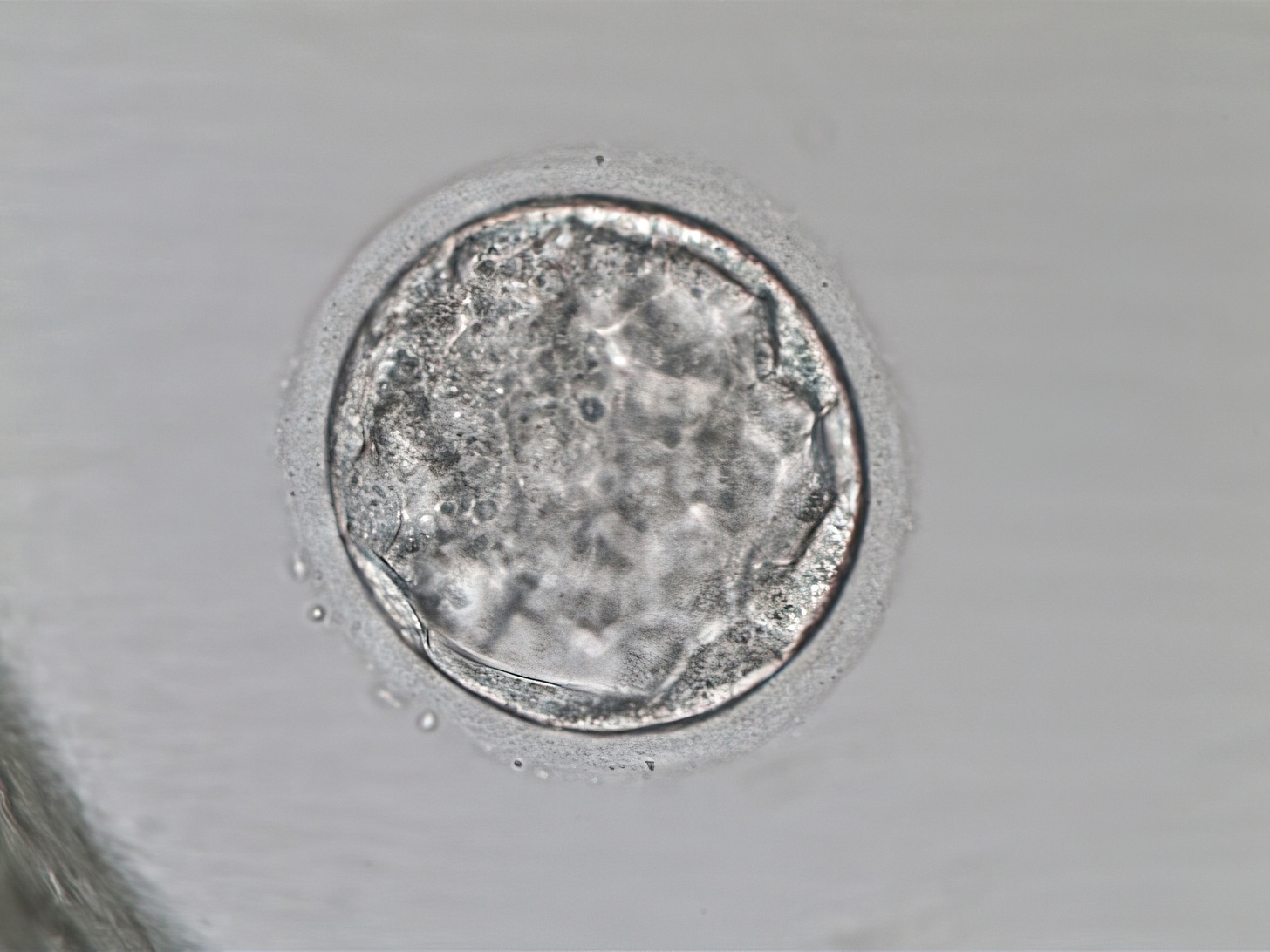Study finds participants more satisfied with directed embryo donation than anonymous programs
Non-identified and directed embryo donation: a questionnaire study on donor and recipient perspectives. (Fuchs Weizman, 2023)
Fuchs Weizman, N., Yee, S., Kazay, A., K'Necht, E., Kuwar, A. A., Maltz, G. M., & Librach, C. L. (2023). Non-identified and directed embryo donation: a questionnaire study on donor and recipient perspectives. Human Fertility, 26(6), 1417-1428. https://doi.org/10.1080/14647273.2023.2238898
Geographic Region: Canada
Research Question: What are the perspectives and experiences of participants in directed versus non-identified embryo donation programs, and how do these two approaches compare in terms of satisfaction, decision-making factors, and outcomes?
Design: Longitudinal cohort survey study that employed a mixed-methods approach, combining quantitative survey data with qualitative thematic analysis. The researchers conducted retrospective chart reviews of medical notes and counseling reports, then developed four study-specific surveys tailored for non-identified donors, non-identified recipients, directed donors, and directed recipients. Online surveys administered during March-April 2021.
Sample: The study included all patients who participated in embryo donation programs at Create Fertility Center (Toronto) between 2016-2020. During this period, 48 patients participated in directed donation and 21 in non-identified donation. The overall response rate was 67%, with 43 completed surveys analyzed: 28 from directed participants (15 donors, 13 recipients) and 15 from non-identified participants (7 donors, 8 recipients). Single males and same-gender male couples accounted for 21% of directed donors and 18% of non-identified donors. Most participants had children prior to donating, with a mean of 2 children. Each donor contributed a mean of 4.9 embryos. Half of the participants had used donor gametes for the embryos being donated.
Key Findings
Directed donation participants showed higher satisfaction with the experience compared to non-identified donation participants. This finding was statistically significant.
The primary motivation for donation across both groups was "wanting to give others the opportunity to experience the joy of parenthood" (91% of donors). Other major factors: giving embryos a chance at life (77%), family completion (68%), and personal fertility journey (55%). Directed donors were more influenced by their own sense of family completion compared to non-identified donors. This finding was statistically significant.
Nearly half (45%) of all donors described moderate to marked difficulty in deciding whether to donate their embryos, with no significant difference between groups. Most directed donors (40%) decided during fertility treatment, while most non-identified donors (71%) decided upon receiving storage renewal forms.
Non-identified donors reported feeling more highly attached to donated embryos compared to directed donors, though this difference was not statistically significant.
Most non-identified program participants (60%) learned about embryo donation through medical professionals, while directed program participants (36%) primarily learned about it online.
All cases in the directed program that resulted in pregnancy ended up maintaining some form of ongoing relationship, despite most donors initially stating they didn't desire future relationships.
Directed donation participants had higher intentions to disclose their involvement to their children (93% vs 73%).
60% of non-identified program participants learned about embryo donation through medical professionals vs. 18% of directed program participants. 36% of directed donation participants first learned through internet vs. 13% of non-identified participants.
Limitations: Small sample size. Potential selection bias toward more engaged, motivated participants who volunteered for research. Cross-sectional survey capturing only one point in time, while perspectives may change over time. Cultural and legal context specific to Canada may not apply to other jurisdictions. Lack of comparison with non-participants who chose other embryo disposition options
Applications: This research provides important insights into how different embryo donation models affect participant experiences and outcomes. The finding that directed donation leads to significantly higher satisfaction despite similar motivations across both programs suggests that enabling connections between donors and recipients may improve overall program success. The discovery that most directed donors develop unexpected ongoing relationships with recipients, even when initially unintended, highlights the need for counseling protocols that prepare participants for evolving dynamics rather than static arrangements.
Funding Source: Not explicitly stated in the article.
Lead Author: Noga Fuchs Weizman is a reproductive endocrinology and infertility specialist who serves as the medical director of the sperm bank and male infertility unit at Tel Aviv's Ichilov Hospital and is affiliated with Tel Aviv Sourasky Medical Center and Create Fertility Center in Toronto. She has extensive research experience in assisted reproductive technology, including work on oocyte maturation, embryo selection, preimplantation genetic testing, and male fertility. No personal connection to donor conception disclosed.
Regulatory Context
Commercial payment to donors is prohibited - donations must be altruistic.
Donors must be 18 years or older.
Gamete and embryo donation can be known or anonymous. When a child is born using anonymously donated embryos or gametes, that child does not have a right to know the identity of their donor. Currently, there is no registry storing donor information accessible to donor-conceived persons.
Canada removed restrictions on gay and bisexual sperm donors in May 2024.
Single people, same-sex couples, and heterosexual couples all have equal legal rights to access IVF.
Related Posts

